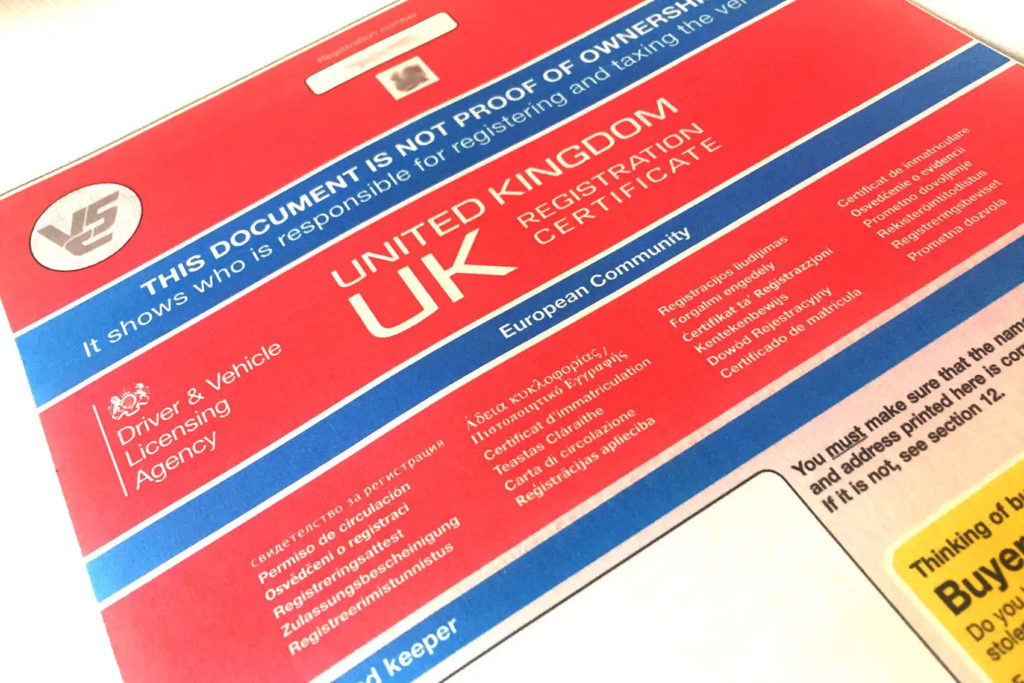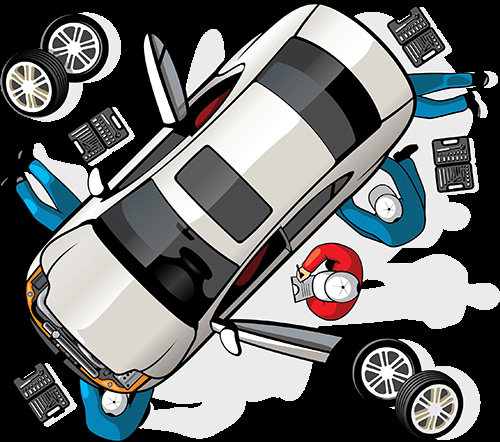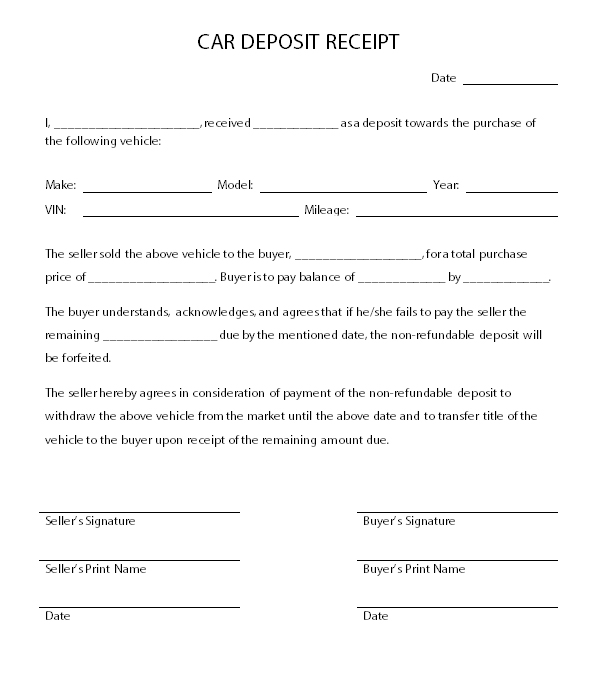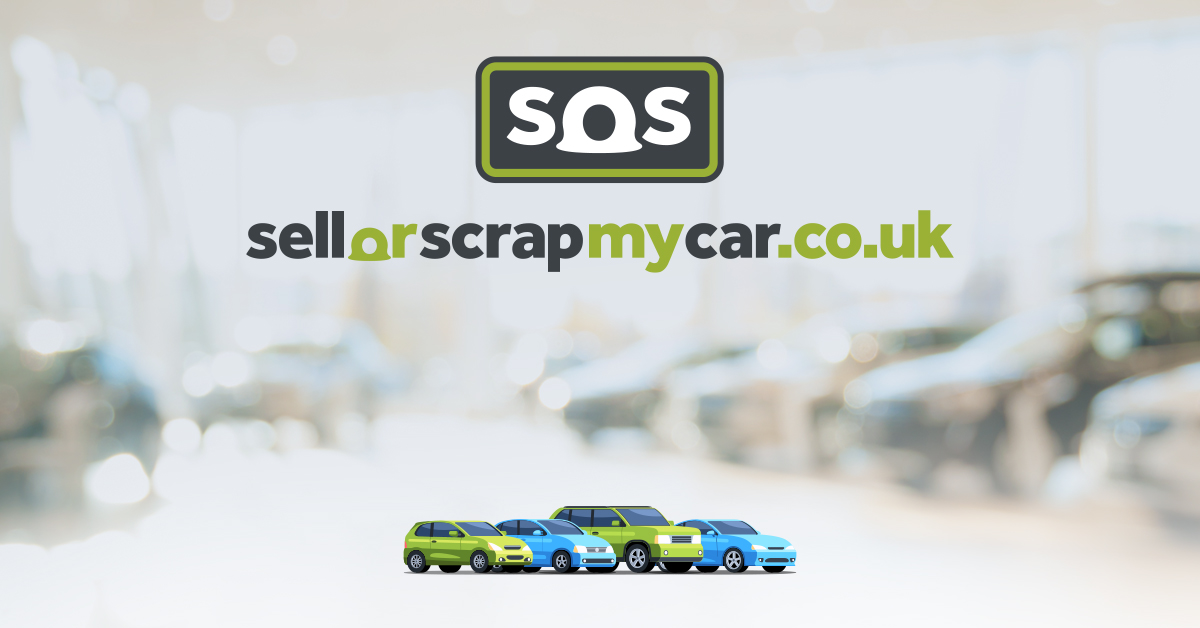What documents are required to sell a car?
12th March 2021
You’ve finished cleaning up your car and touching it up, now you need to collect the right documents in order to sell it. You can’t meet your buyer empty handed.

You will need:
- V5C (Vehicle Log Book) – to send to the DVLA.
- MOT Certificate – meets roadworthiness and environmental standards.
- Service History – shows your car’s maintenance records.
- Proof of Reservation and Purchase – four copies.
- Car Warranty – inform the company about ownership change.
- Insurance Repairs – cancel insurance covers.
- Parts Receipts – details for the buyer.
1. V5C (Vehicle Log Book)
The V5C is a vehicle log book that you should have received from the DVLA when you purchased your car. This log book proves the ownership of the car and tracks the registration and tax history of your car.
It includes information like your car’s registration number, the name and address of the person the car is registered to (you), your car’s unique 17-digit vehicle identification number (VIN), engine specifications like your car’s cylinder capacity (cc), your car’s emission standard, and your car’s engine weight and fuel type.
You need to fill out certain sections of the V5C and have it sent to the DVLA by post when you sell your car. This is to inform the DVLA that you are no longer the owner of the car. Make sure all the information is updated and correct in the log book before you send it in.
There is a green “new keeper” slip from the log book that you need to give to your buyer because it has the information about the sale of the car on the slip.


Can’t find your V5C?
Don’t worry. You can get another V5C for just £25 if you don’t need to change any information in the log book. Just apply online and you should receive your duplicate log book within 5 working days.
Alternatively, you can apply by phone only if all of your car’s information has stayed the same where you will then receive your log book within 6 weeks.
2. MOT Certificate
The MOT is an annual test that checks your car’s roadworthiness and environmental standards. You should have the certificate already if your car is at least 3 years old. This document is not required but it would be good to have since it shows your buyer that you care about the condition of your car.
If you can’t find your MOT certificate, you can get it replaced online for free. You will only need your car registration (number plate) and your 11-digit V5C number.

3. Service History
Your car’s service history is important because it shows how well you maintained your car. It has all the reported service and maintenance records over the course of your car’s lifetime.
You should’ve been issued a service book along with your car where the garage performing the service to your car will log your car’s mileage, write the completed work, and authenticate the details with a stamp.
If some of your receipts don’t have stamps on them, it’s still good to have with you when you meet your buyer. However, if the buyer does want verification, you can always take the receipts to the garage and ask to have them stamped.
If you can’t find your service book or don’t have one, you may be able to find the service history of your car online. It really depends on where you got your car serviced. If it was a well-known dealership, then your local dealership may be able to produce the documents they have on file for your car. You will need your V5C and the VIN so show proof that you are the car’s owner. This will more likely work with newer cars since older models are less likely to have their history stored online.
If it was an independent mechanic, you can ask them to give you copies of any documentations they have regarding your car, if they have them on file.
You can also find out where your car might have been serviced if you do a MOT check on gov.uk where you can view the location for each MOT test that your car was serviced at.

4. Proof of Reservation and Purchase
Generally, buyers make a deposit of typically 10% on the car to ensure that the car is theirs and return a few days later with the total amount. When they place this deposit, you have to make two receipts, the buyer copy and the seller copy. Any details about the deal should be written on both receipts.
For example, if you state that the seller must return by a certain date with the rest of the money or the car will be put up for sale again and they will lose their deposit, you have to write that on the receipts.
The deposit receipts need to include:
- Buyer’s full name
- Seller’s full name
- Date
- Vehicle details: make, model, mileage, registration number, VIN
- Deposit amount
- Due date
- Signatures from both buyer and seller


When the buyer returns to buy the car in full, you will need to write out two other similar receipts but with the total amount owed minus the deposit.
In the end, this will turn into four receipts in total if the buyer ends up making a deposit instead of paying in full from the beginning.
5. Car Warranty
If the car has any remaining warranty left, you should inform the warranty company that you sold the car. Usually the warranty is tied to the VIN, which transfers with the car until the warranty is expired so you should let your buyer know of the outstanding warranty period and provide them with the warranty documents.
If you bought an extended warranty, you may be entitled to a refund depending on how long the coverage has been going for and the mileage on the car. You will most likely not get a full refund.

6. Insurance Repairs
Naturally, buyers would want to know if the car has been in any accidents. If your car has been hit or damaged and repair work has been done on it, you should get a copy of the documents through your insurance company or the mechanic you got your car repaired.

7. Parts Receipts
You would generally have car parts receipts if you’ve had any modifications done to your car. These would usually happen on an older car since they’re more likely to have some improvements done to fix them up. You can present these receipts to your buyer as further detailed information on what you’ve had done to the car.

The exception
You technically do not need to have a V5C to sell your car but it is easier to sell your car with one. The V5C shows proof of registration but not proof of ownership, like it states on the front of the log book. If you don’t have a V5C, you need to provide your buyer with a bill of sale which should include all the information the buyer needs in order to apply for a new V5C.
You may appear more suspicious if you do not have a V5C and it may take you longer to sell your car. It would be best to apply for a duplicate V5C and wait for your log book to come in before you sell your car. That little bit of time you took waiting for your V5C could determine the buyer’s decision.




